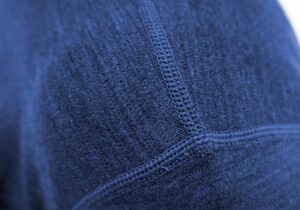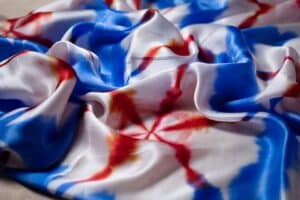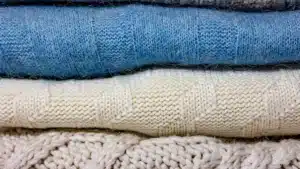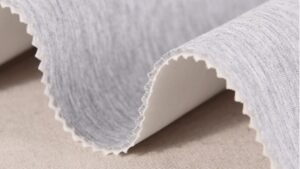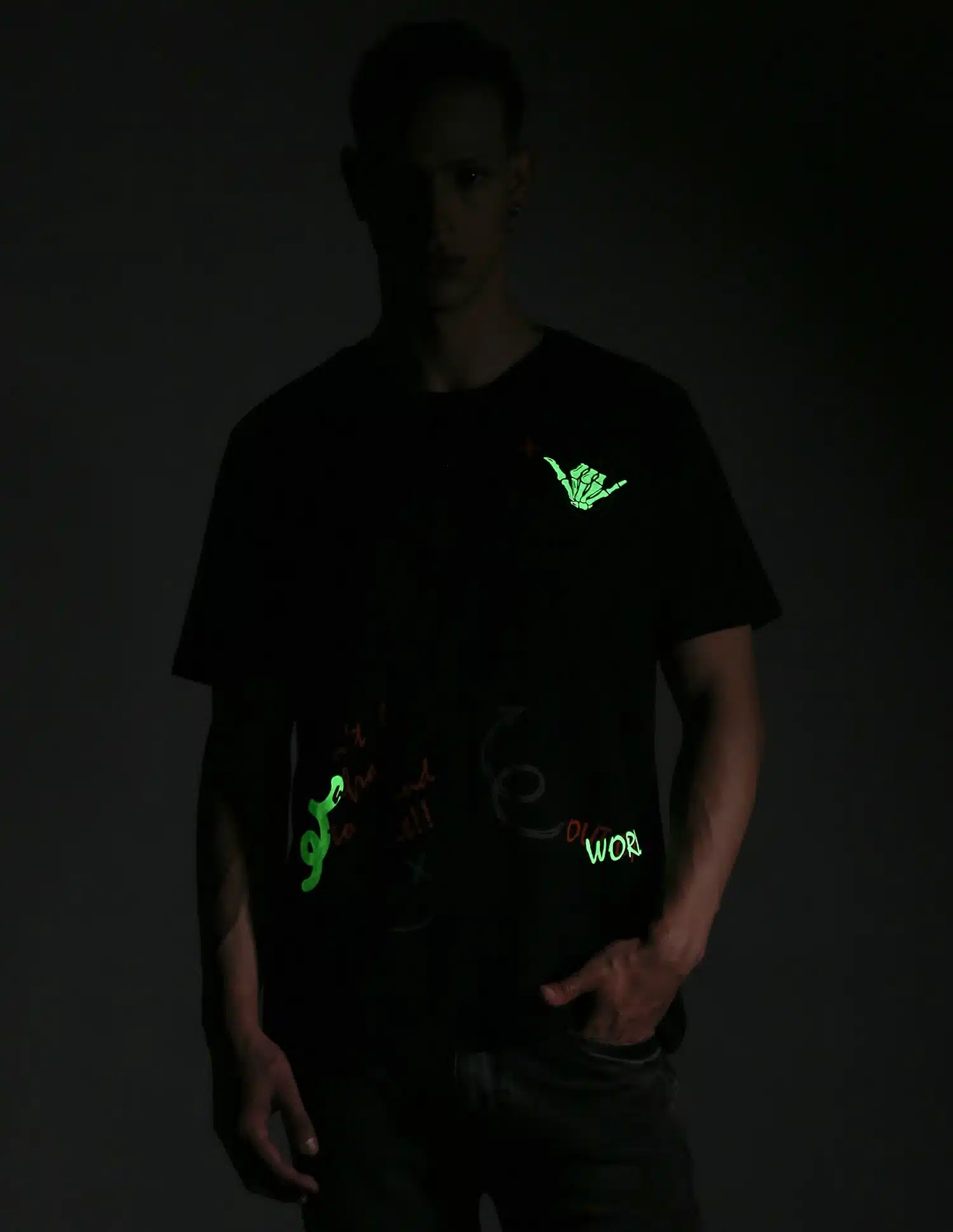
Glow-in-the-dark printing creates designs that illuminate in the dark. It is not only practical but also visually appealing. This innovative technology is utilized in clothing and safety signs. The enchantment lies in the special ink that absorbs light and gradually emits it.
Glow-in-the-dark printing is gaining significant popularity. Sales of glowing ink are projected to increase from $1.2 billion in 2023 to $3.4 billion by 2032. Enhanced printing techniques and new applications in textiles and security contribute to this growth. These designs are versatile, making them perfect for both functional and artistic concepts.
Key Takeaways
Glow-in-the-dark printing uses special ink that soaks up light. It shines in the dark, making designs cool and useful.
This printing uses phosphorescent pigments. These pigments store light and glow for hours. Green pigments glow the longest.
Good design and techniques make the glow brighter. Bold shapes and light backgrounds work best.
Glow-in-the-dark ink isn’t just for art. It’s great for safety signs and emergency markers. It helps people see better in the dark.
If cared for well, glow-in-the-dark prints can last 20 years. They are strong and a smart choice for many projects.
The Science Behind Glow-in-Dark Printing
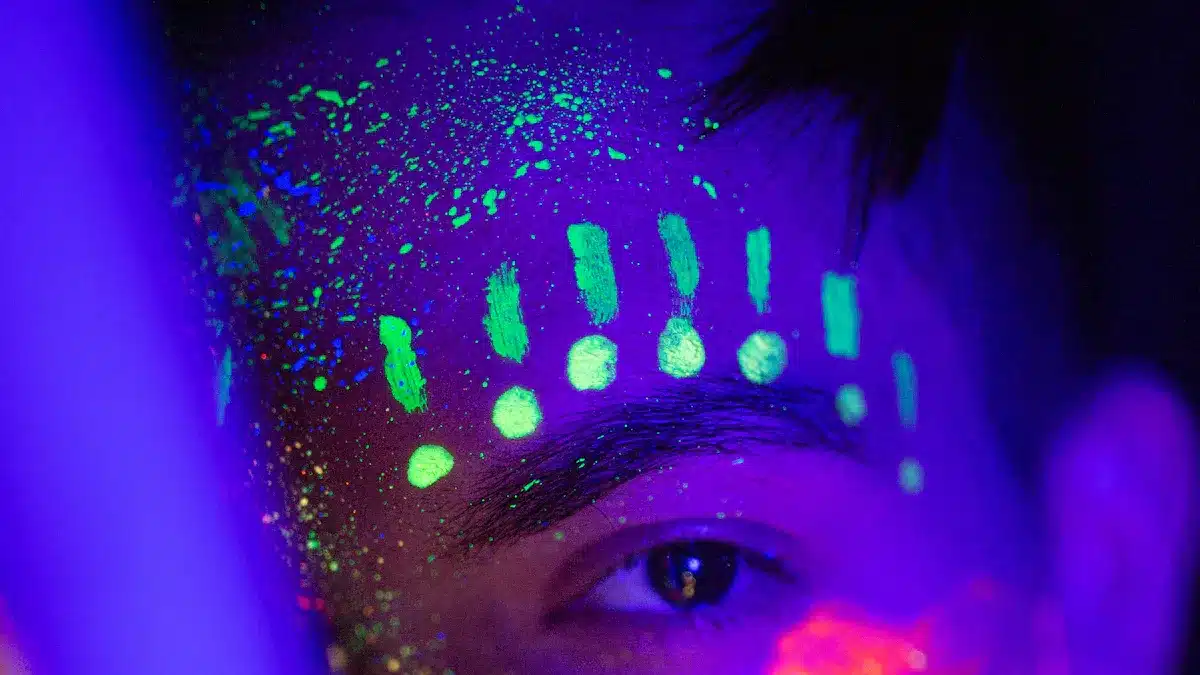
Understanding phosphorescence
Glow-in-the-dark works because of a process called phosphorescence. This happens when special materials, called phosphors, soak up energy and slowly release it as light. Unlike fluorescence, which shines right away, phosphorescence lets things glow even after the light source is gone.
Phosphorescence uses phosphors to make objects glow in the dark.
Phosphors are key to glow-in-the-dark printing. They need energy from sources like sunlight or UV light to charge up. Once charged, they shine in colors like green, blue, or orange. How long they glow depends on the type of phosphors, making them useful for safety signs and creative designs.
How Glow-in-the-Dark ink works
Glow-in-the-dark ink uses special pigments to make glowing designs. These pigments can be organic or inorganic, each working differently. Organic pigments glow because of how their molecules work, while inorganic ones depend on their crystal structures.
Type of Pigment | How It Works |
|---|---|
Organic Pigments | Glow comes from electronic systems inside the molecules. |
Inorganic Pigments | Glow depends on crystal structures; changes can stop glowing. |
Classical IFPs | Made with zinc sulfide; activators change glow color. |
Synthetic Pigments | Zinc sulfide with copper improves glow time and brightness. |
When glow-in-the-dark ink is used, the pigments absorb energy from light. This energy excites the pigments, making them release light slowly. The glow can last for hours, depending on the pigment type.
Types of glow-in-the-dark materials
Glow-in-the-dark printing uses different materials for various effects. Phosphorescent pigments are the most common, offering many colors and glow times. Green pigments glow the longest, while colors like purple and red fade faster.
Besides pigments, glow-in-the-dark materials include special inks and coatings. These materials are made to stay bright and last longer. Knowing how these materials work helps you pick the best ones for your projects.
The Glow-in-the-Dark Printing Process
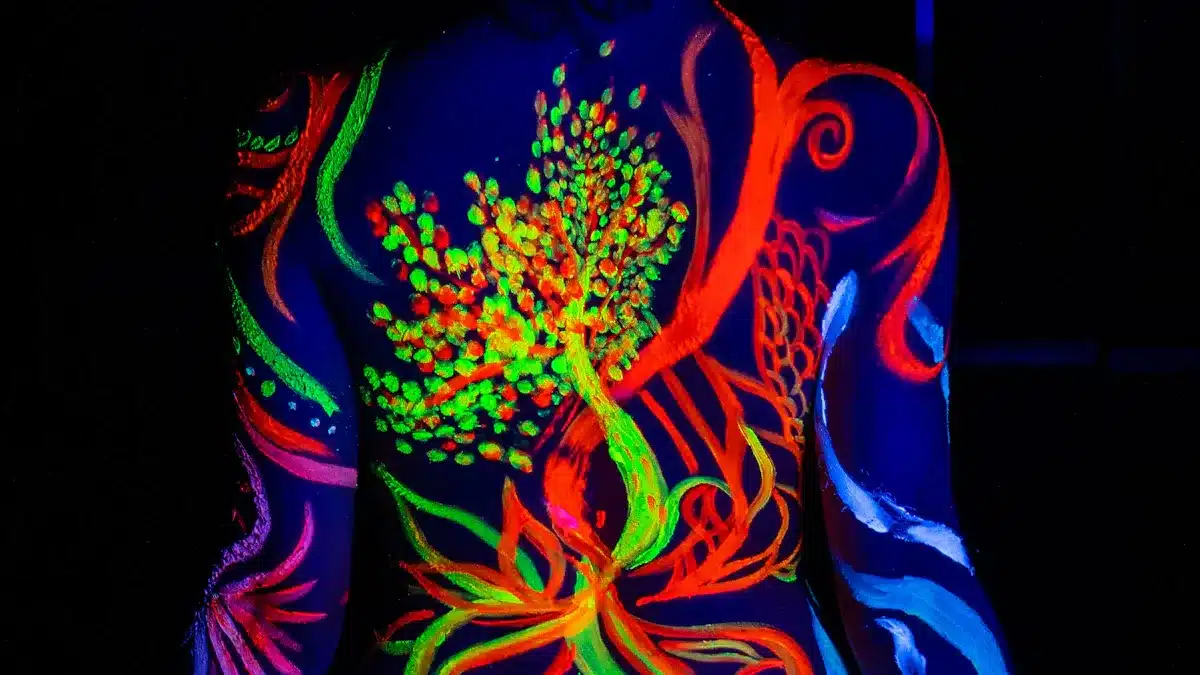
Designing for glow-in-the-dark prints
To make a good glow-in-the-dark print, plan carefully. Think about how glowing works when creating your design. Bold shapes and simple details glow brighter. A white or light background helps the glow by reflecting more light onto the pigments.
Pros of Glow-in-the-Dark Printing | Cons of Glow-in-the-Dark Printing |
|---|---|
Easy to Use: Glows without needing a blacklight. | Slight Tint: Green or blue tint shows in daylight. |
Works on Many Materials: Can be used on most surfaces. | Limited Time: Glow color and brightness fade over time. |
Glow-in-the-dark designs may look slightly tinted in daylight. This is common with green or blue pigments. To reduce this, use less glow ink or blend it into your design.
Applying glow-in-the-dark ink properly
For the best glow, apply the ink carefully. Screen printing and spray-coating are both good methods. Screen printing makes detailed designs, while spray-coating is quicker and keeps fabric soft.
To make the glow brighter and last longer, add more phosphorescent powder. Experts suggest using 10% to 50% powder by weight, depending on the project. Spread the ink evenly to avoid uneven glowing. A thicker ink layer glows better but may crack if too thick.
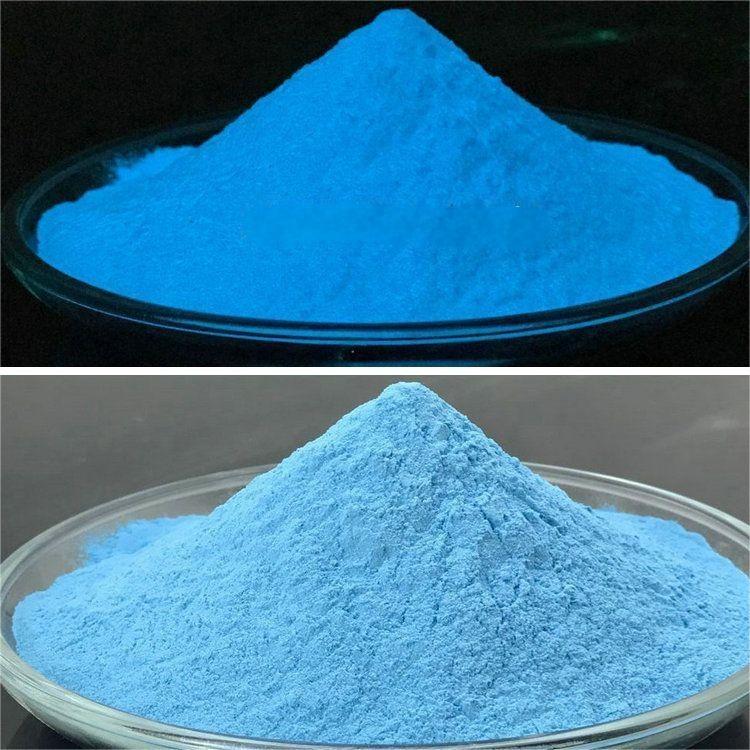
Setting and curing glow-in-the-dark designs
After applying the ink, curing is important to finish the design. This step makes sure the ink sticks well to the surface. Use a heat press or curing oven to dry the ink completely. Follow the instructions for the right temperature and time to avoid damage.
Glow powder, often made from Strontium Aluminate, is safe and eco-friendly. It can glow for 10 to 24 hours after charging under light. Its glow is 30 times stronger than older zinc sulfide powders. For the brightest glow, charge the design under strong light before use.
By following these tips, you can create long-lasting, bright glow-in-the-dark prints. These prints are great for fashion, safety, or even glowing star maps.
Advantages of Using Glow-in-the-Dark Ink
Creative uses in fashion and art
Glow-in-the-dark ink has changed fashion and art. Designers use it to make unique, glowing creations. These designs look amazing in both light and dark. Examples include glowing shirts and bright murals. This ink allows endless creative ideas.
UV printing technology helps grow glow-in-the-dark art. The UV printing market may reach $1.71 billion by 2027.
Adding glow-in-the-dark ink to your projects makes them exciting. It helps create art and fashion that stand out.
Useful for safety and signs
Glow-in-the-dark ink is not just for looks. It is also helpful for safety. Emergency signs and road markers use this ink to stay visible in the dark. This helps during power outages or in dim places.
Hospitals, schools, and public spaces use glow prints for emergencies. The ink recharges under sunlight or indoor lights. It does not need extra light to stay visible. This makes it great for long-term safety.
You can also use glow ink for personal safety items. Examples include glowing wristbands, bike stickers, or pet collars. These items help people and pets stay safe in the dark.
Affordable and stylish
Glow-in-the-dark ink is cost-effective. It may cost more at first, but it lasts a long time. Its glow reduces the need for extra lighting, saving money.
Glow ink also looks great. It is used in decorations for buildings and public spaces. During economic growth, demand for glow materials rises. This is because of more construction projects. Glow designs improve visibility and add a modern touch.
Whether for art or safety, glow-in-the-dark ink is stylish and affordable. It offers a mix of beauty and usefulness.
Addressing Safety and Longevity Concerns
Is glow-in-the-dark printing safe?
Glow-in-the-dark printing is safe if good materials are used. Most glowing inks have non-toxic pigments, making them safe for clothes and art. Modern materials like Strontium Aluminate are eco-friendly and chemical-free. They do not contain harmful substances like lead or anything radioactive.
Always read product labels to check for safety standards. Some cheap inks might have unsafe ingredients. For baby clothes or food packaging, pick certified non-toxic inks to ensure safety.
How to charge glow-in-the-dark prints
Charging glow-in-the-dark prints is easy and quick. Put them under sunlight or a UV lamp for a few minutes. The pigments soak up light energy and slowly release it as a glow.
Here are some tips for better results:
Use UV light for faster and brighter charging.
Keep the surface clean, as dust blocks light absorption.
Avoid high humidity, which can weaken the glow.
Studies show UV curing makes the glow brighter and greener. Longer curing times, up to 7200 seconds, improve durability without damaging the material.
Factor | Effect on Glow Intensity |
|---|---|
UV Irradiation Curing Time | Bright green afterglow lasting about 5 seconds |
Humidity | Enhanced mechanical properties and afterglow lifetimes |
Curing Time (7200s) | No apparent deformation with additional loading |
Longevity and durability of glow-in-the-dark designs
Glow-in-the-dark prints can last many years with care. High-quality designs usually last 10 years, glowing for 6-8 hours after charging. With proper maintenance, they can last up to 20 years.
Extreme weather, like heat or heavy rain, can reduce durability. To protect your designs, avoid exposing them to harsh conditions for too long.
Feature | Detail |
|---|---|
Expected Lifespan | 10-year cycle life |
Glow Duration | 6-8 hours after dark |
Maximum Longevity | Up to 20 years with proper care |
Environmental Impact | Affected by extreme temperatures and heavy rainfall |
By following these steps, your glow-in-the-dark prints will last longer. Whether for art or safety, proper care keeps them glowing and useful for years.
Tips for Beginners to Improve Glow-in-the-Dark Prints
Picking the right glow-in-the-dark materials
Choosing good materials is key for bright, lasting glow prints. Start by picking glow powder or filament that fits your project. Overture’s Green Glowing PLA is very bright and glows for over 10 hours. Nobufil and Colorfabb GlowFill are also great for brightness and durability.
Thicker layers make prints glow brighter. They hold more phosphors, which create the glow. The type of phosphor also affects how bright and long the glow lasts. Use materials made for your project, like fabric, plastic, or paper, for the best results.
Feature | Description |
|---|---|
Brightness | Best glow depends on matching powder to project needs. |
Taking care of glow-in-the-dark prints
Taking care of your glow prints helps them stay bright for years. Store them in a cool, dry place to avoid damage from heat or moisture. Wipe surfaces gently with a soft cloth to remove dust that blocks light.
Don’t leave prints in direct sunlight for too long, as it can weaken the glow. For fabric designs, wash gently with mild soap and avoid scrubbing hard. Following these tips will keep your glow prints shining and lasting longer.
Glow-in-the-dark printing has lots of advantages. It mixes usefulness with creativity, making it great for safety and art. Use it to make glowing signs, clothes, or cool decorations that shine in the dark.
Tip: Glow-in-the-dark ink is cheap and simple to use. Beginners can start with easy designs and try out different materials to see what works best.
This method is easy for anyone to try. With basic supplies and some practice, you can create glowing designs and add a magical touch to your projects.
FAQ
What surfaces work best for glow-in-the-dark printing?
You can use glow-in-the-dark printing on various surfaces like fabric, paper, plastic, and wood. Smooth and light-colored surfaces work best because they reflect more light, enhancing the glow effect.
How long does glow-in-the-dark ink last after charging?
Glow-in-the-dark ink typically glows for 6-8 hours after a full charge. The duration depends on the quality of the ink and the type of light used for charging.
Can you use glow-in-the-dark printing for wall art?
Yes, glow-in-the-dark printing is perfect for wall art. It creates stunning designs that illuminate in the dark, making your space unique and visually appealing.
How do you clean glow-in-the-dark prints on fabric?
Wash glow-in-the-dark fabric gently with mild soap and cold water. Avoid scrubbing or using harsh detergents to preserve the glow effect and prevent damage.
Is glow-in-the-dark printing eco-friendly?
Modern glow-in-the-dark materials, like Strontium Aluminate, are eco-friendly and non-toxic. They do not contain harmful chemicals, making them safe for the environment and personal use.










